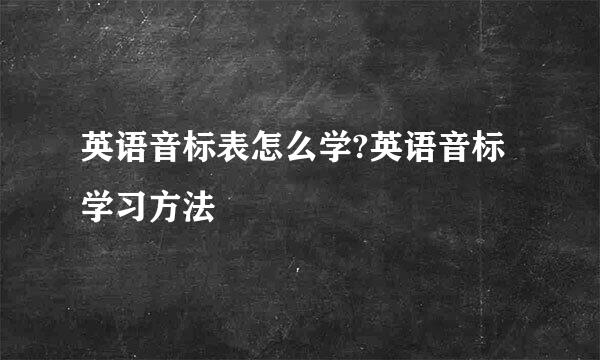英语副词在句子中的位置

1. 方式副词、地点副词、时间副词
(1)通常用于主要动词之后。如果动词有宾语,则用在宾语之后,如:
She sang beautifully.
(2)如果在句子中这几种副词同时出现,通常的次序为方式副词、地点副词、时间副词,如:
She spoke very well at the city hall last night.
方式副词可以用于主要动词前面。但是,如果动词是句子的最后一个词则很少用于动词前面,如:
She silently counted five, then put the receiver down.
She listened silently.
(3)如果动词词组包含一个或多个助动词,可以将方式副词用于主要动词之前或第一个助动词之后,特别是当其中是个情态助动词时,如:
She had carefully measured out his dose of medicine before then.
They might easily have been taken for brothers.
(4)大多数不以-ly结尾的副词只用于动词或动词宾语后面,如:
I work hard and play hard.
The train goes fast.
(5)在描述性文体中,为了强调,方式、地点、时间副词有时用于句首,如:
Recently, I went to Berlin. It was very interesting …
She rang the bell for Sal. In came a girl she had not seen before.
(6)不用于be动词之前,如:
I was recently in Berlin.
2. 观点副词
常用于句首,然后稍微停顿一下,书面上则用逗号隔开, 这样就起到了修饰后面句子的作用,如:
Surprisingly, most of my help came from the technicians.
3. 频率副词和可能性副词
(1)常用于第一个助动词后或主要动词之前,如:
They can probably afford another one.
I usually have cream in my coffee.
(2)也可以用于句首,如:
Sometimes we get a lot of rain in August.
Presumably they brought him home and he invited them in.
(3)在没有助动词时需用于be动词之后,如:
Debbie is sometimes not responsible for what she does.
She was definitely scared.
(4)用于don’t、won’t等否定简略式之前,如:
We usually don’t get up before 9 on Sundays.
It probably won’t be that bad.
版权声明:本站【趣百科】文章素材来源于网络或者用户投稿,未经许可不得用于商用,如转载保留本文链接:https://www.qubaik.com/article/177996.html



